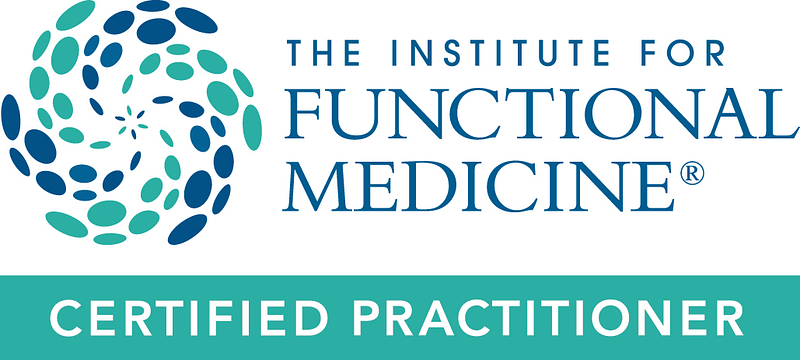Vitamin D, also called calciferol, is a fat-soluble vitamin found in foods, although 90-95 percent of Vitamin D is synthesized in skin that has been exposed to sunlight.
There are two types of vitamin D supplements: vitamin D3 (cholecalciferol) that comes from fish oil, eggs, organ meats, animal fat, and plant sources, and D2 (ergocalciferol), a synthetic form. The D3 form is relatively safe, while the D2 form has been associated with toxicity at higher doses. Vitamin D is best known for regulating calcium absorption from the intestines, contributing to bone density. The chronic deficiency of vitamin D contributes to many cancers, notably breast, prostate, and colon cancer. It also plays a role in multiple sclerosis, infertility, heart disease, obesity, high blood pressure, fatigue, and seasonal affective mood disorder (depression in the winter in locales with less sunshine). Vegetarians are especially prone to vitamin D deficiency.
In Dr. Jonathan V. Wright’s May 2004 newsletter Health & Healing, (wrightnewsletter.com), he describes the body’s signs of vitamin D deficiency: bone pain when pressing your thumb into your sternum (breastbone), head sweating, “hurting hair,” and sensitive, aching, or throbbing teeth.
The American Journal of Clinical Nutrition, (AJCN) November, 2003, defines serum 25(OH)D (serum 25 hydroxy-vitamin D) as the preferred test for assessing vitamin D levels. Values of less than 40 nmol/L are deficient, levels of 40 to 55 nmol/L are needed for a therapeutic effect, and levels greater than 55 nmol/L are optimal.
We suggest physician monitoring of vitamin D levels and serum calcium levels to determine the optimum dose of vitamin D for an individual. Doses are often recommended in excess of the RDA (400 IU/day) for maximal functional benefit of this very important vitamin.










